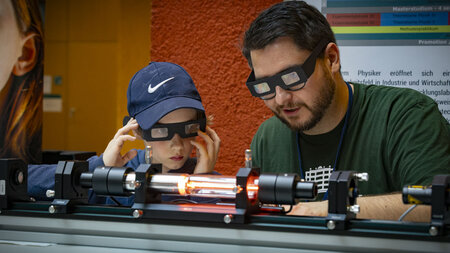Eintrag in der Universitätsbibliographie der TU Chemnitz
Volltext zugänglich unter
URN: urn:nbn:de:bsz:ch1-qucosa2-812720
Liu, Yi
Holze, Rudolf (Prof. Dr. ) ; Qu, Qunting (Prof. Dr. ) (Gutachter)
Aqueous Zinc-ion Batteries: Applications and Zinc Anode Protection
Kurzfassung in englisch
With the rapid growth of the world population and the process of industrialization of modern society, the demand for energy continues to rise sharply. There is a pessimistic prediction that a peak of consumption primarily fossil fuels will happen in the 2020s to 2030s, hence it is urgent to develop alternative renewable clean energy sources before this coming energy crisis. But the availability of renewable clean energy always is discontinuous, uncontrollable, and unstable. Besides, the generated renewable energy cannot be used directly. Therefore, an energy storage system is urgently needed as the medium to harvest and store the energy generated from the intermittent renewable resource, and also to regulate the electricity output, and improve the tolerance ability of the power grid to renewable energy.Rechargeable aqueous zinc-ion battery, especially those that use mild electrolytes, is drawing more and more attention in the past decades and is regarded as the most promising candidate for large-scale energy storage systems. Compared with the widely used lithium-ion battery which dominated the commercial energy market now, the aqueous zinc-ion battery holds the merits of high theoretical capacity (820 mAh/g gravimetric capacity and 5855 mAh/m3 volumetric capacity), low electrochemical potential (-0.763 V vs. SHE) and high energy density due to the two-electron redox reaction, high abundance in the earth crust and high mass production, low toxicity, and environmental benignity, and the most valuable advantage intrinsic safety in aqueous electrolyte.
In this dissertation, the first part focuses on the preliminary application of an aqueous zinc-ion battery. One kind of planar on-chip aqueous zinc-ion micro-battery with high-rate performance was designed and fabricated. The PEDOT and MnO2 cathode can suppress the dissolution of electrode material which can highly improve the cycling performance of the micro-battery. The as-prepared micro-battery displays a high specific capacity of 25.8 μAh/cm2 after 25 activation cycles at a current density of 1 mA/cm2. A reversible specific capacity of 6.2 μAh/cm2 is achieved after 200 cycles, with 55.4 % of the initial discharge capacity retention. To improve the cycling performance of the aqueous zinc-ion battery, the second part of this thesis is preparing a highly enhanced reversibility Zn anode by in-situ texturing. The crystal plane (002)-textured Zn anode with an ultrathin passivation layer suppressed the Zn corrosion and enhanced the full battery performance. Based on these merits, the cycling stability of the Zn anode is enhanced from 791 hours to more than 1500 hours. The coulombic efficiency (CE) of a Zn||Ti asymmetric cell is greater than 90% over 500-hour cycles. For the Zn||MnO2 full cell, the addition of H3PO4 into the electrolyte improves both the rate capability and cycling stability of Zn||MnO2 cells. More importantly, a highly reversible Zn||O2 full cell is demonstrated at a large depth of discharge of Zn (DODZn > 10%), projecting the lower bounds of the cell-level specific energy of lithium-ion batteries.
| Universität: | Technische Universität Chemnitz | |
| Institut: | Institut für Chemie Allgemein | |
| Fakultät: | Fakultät für Naturwissenschaften | |
| Dokumentart: | Dissertation | |
| Betreuer: | Holze, Rudolf (Prof. Dr. ) | |
| SWD-Schlagwörter: | Mikrobatterie , Elektrochemie , Energiespeicher | |
| Freie Schlagwörter (Englisch): | aqueous , zinc-ion battery , micro-battery , anode protection | |
| DDC-Sachgruppe: | 541.072 | |
| Sprache: | englisch | |
| Tag der mündlichen Prüfung | 19.09.2022 | |
Bemerkung: |
_MA!N_ |




